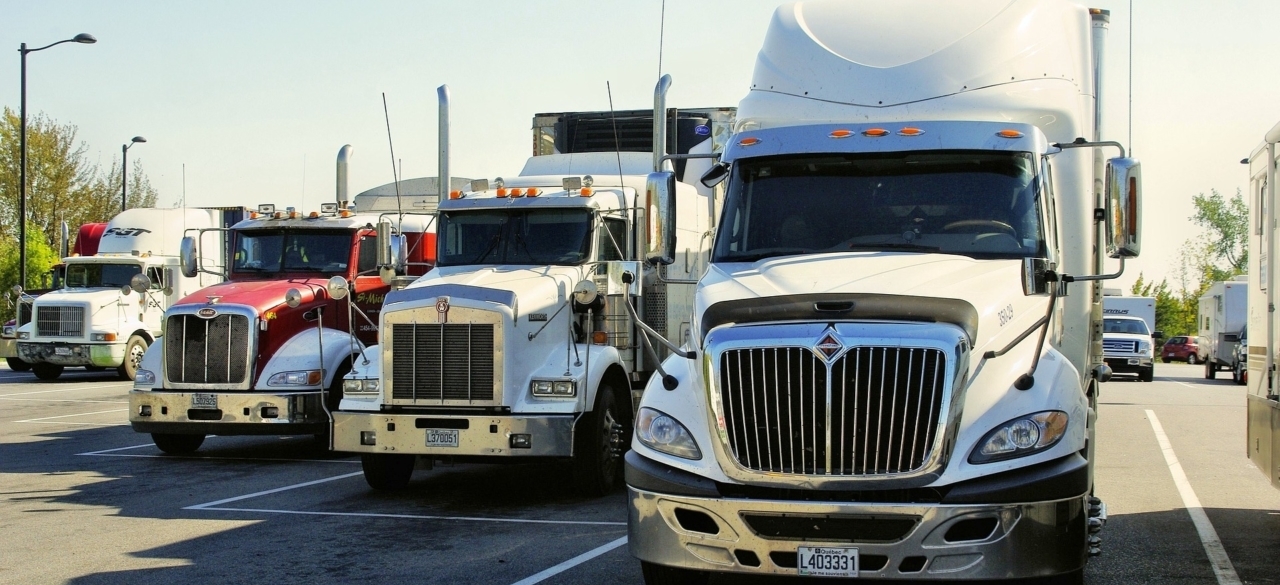Research proves that organizations implementing diversity, equity and inclusion programs for traditional employees see very strong business outcomes. But what about your contingent workforce? What does it take to move your ideas from talk to action?
To start, getting executive sponsorship and buy-in is critical. An international survey of HR, procurement and other workforce professionals conducted by SIA as part of a custom research project found lack of senior executive support was the top barrier for DE&I adoption for their contingent workforce. And interestingly, the lack of senior leadership support was the greatest distinction between today’s DE&I leaders and those making much slower progress.
Executive sponsorship aside, how does one go beyond the DE&I buzz in the contingent workforce world and get things moving? A panel session titled, “DE&I Influencers: Moving the Words into Action,” at SIA’s CWS Symposium Live event, held this week in Phoenix, addressed the topic. Moderated by Subadhra Sriram, SIA’s editor and publisher, media products, the panel comprised Allen Chilson — who is talent acquisition vendor management leader at Danaher but spoke about his recent experience as talent acquisition leader for strategic partnerships at chemical producer BASF Corp. — and Meg Ksenzakovic, director, global contingent workforce for Bristol Myers Squibb. Both are included in SIA’s inaugural Diversity Equity & Inclusion Influencers list.
Ksenzakovic started her neurodiverse program in 2008 and already had executive leadership supportive of DE&I programs. However, she had to present her own case to move forward.
“Even having those people in place, you still have to go to them and say, “I want to do this,’” she said. “As much as we all talk about it, we don’t have great plans. It is really kind of a leap of faith to get them to say, ‘Okay, just go for it.’”
She reached out to everyone working on the autism work consortium, spent three months speaking with them, and “stood on their shoulders.” She called it “a lot of trial and error” and kept company leaders informed along the journey. In the end, she was able to make some very successful placements along the neurodiverse chain, including in scientific and technology areas she was not expecting.
BASF over the past few years already had “pretty aggressive” goals for diversifying its overall workforce, Chilson said: 30% female, 30% minority. And while the goals were very well-supported at the executive level and well-communicated at senior levels, the support hadn’t trickled down to the manufacturing space. Line managers were resisting efforts to place females on the line; they also demanded experienced workers and diverse candidates with manufacturing experience were hard to find. Chilson eventually found some success by writing a letter, on BASF letterhead, that its RPO could use for leverage.
CWS Symposium Live concluded Tuesday. Collaboration in the Gig Economy takes place on Wednesday and Thursday. In addition, CWS Symposium On-Line will take place Oct. 20 and 21; it is an online event delivering content from the CWS Symposium Live and more.
For information on CWS Council membership, click here.









